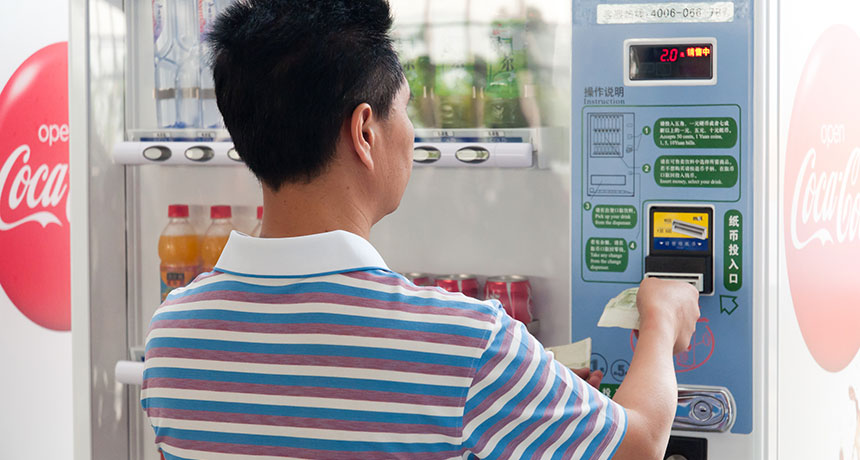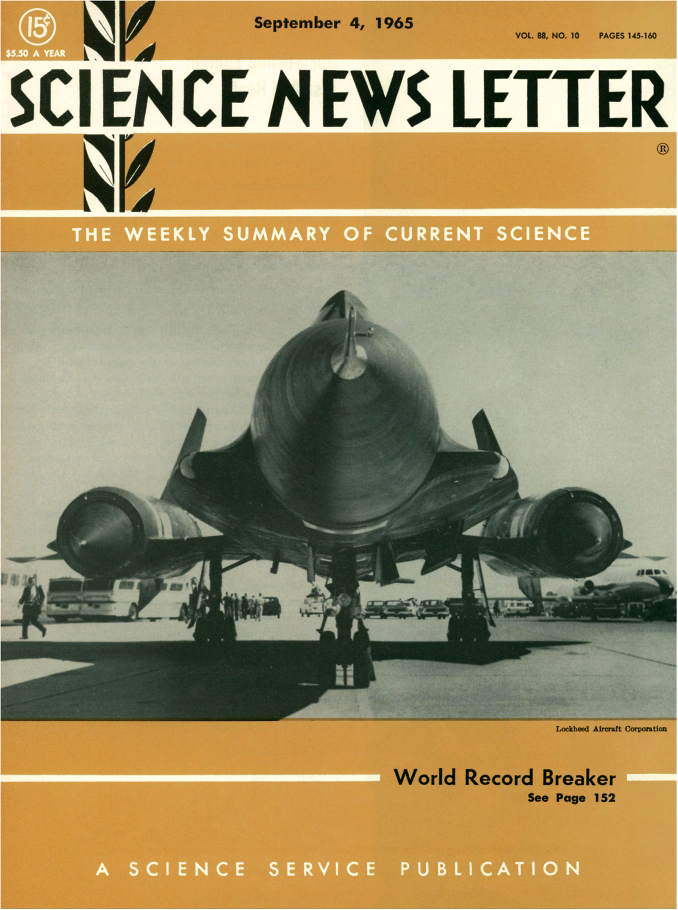50 years ago, an automat began taking paper money
Excerpt from the September 4, 1965, issue of Science News Letter

PAPER TRAIL Modern vending machines use a combination of technologies, including magnets and special scanners, to tell real bills from fake ones. An early automat that accepted paper money made its debut 50 years ago at Swedish gas stations.
Huating | Dreamstime.com
 Swedes feed paper bills to pump to receive gas — A master automat for controlling several different gasoline pumps at once allows a driver to fill his own tank after hours by putting paper money in the slot…. A photoelectric scanner rejects false notes or those of wrong denomination…. Coin-operated gas automats have been used in Sweden for some time but have been found less practical, especially for long-distance drivers, because of the number of coins needed to fill a nearly empty tank. —
Swedes feed paper bills to pump to receive gas — A master automat for controlling several different gasoline pumps at once allows a driver to fill his own tank after hours by putting paper money in the slot…. A photoelectric scanner rejects false notes or those of wrong denomination…. Coin-operated gas automats have been used in Sweden for some time but have been found less practical, especially for long-distance drivers, because of the number of coins needed to fill a nearly empty tank. — 





